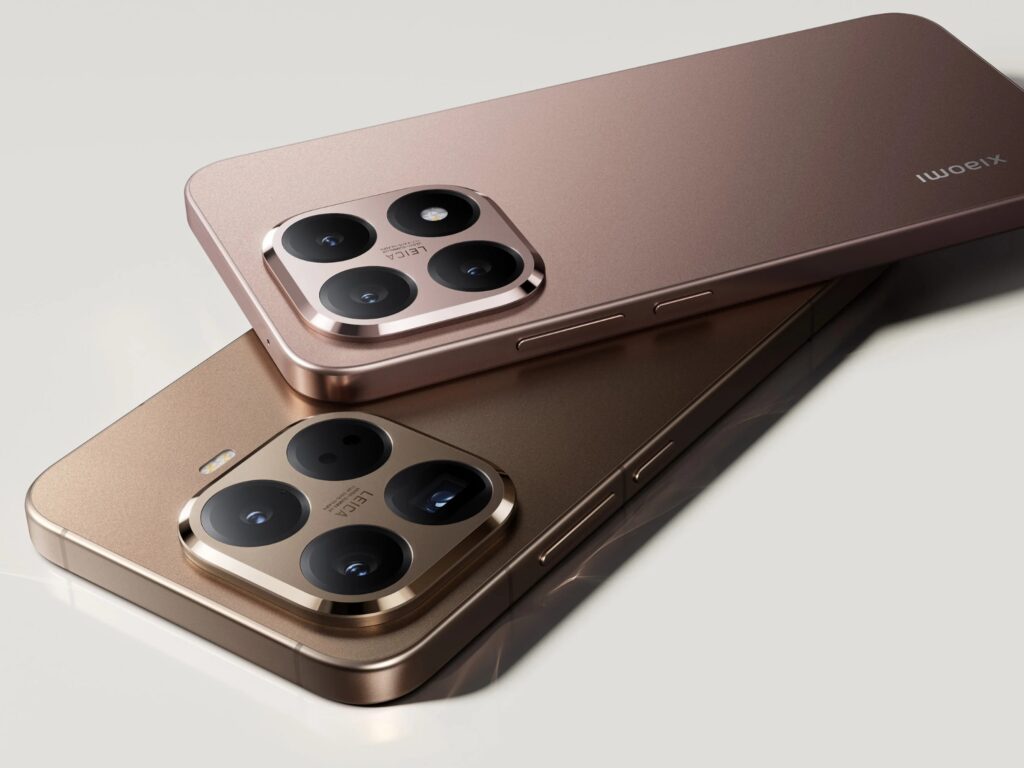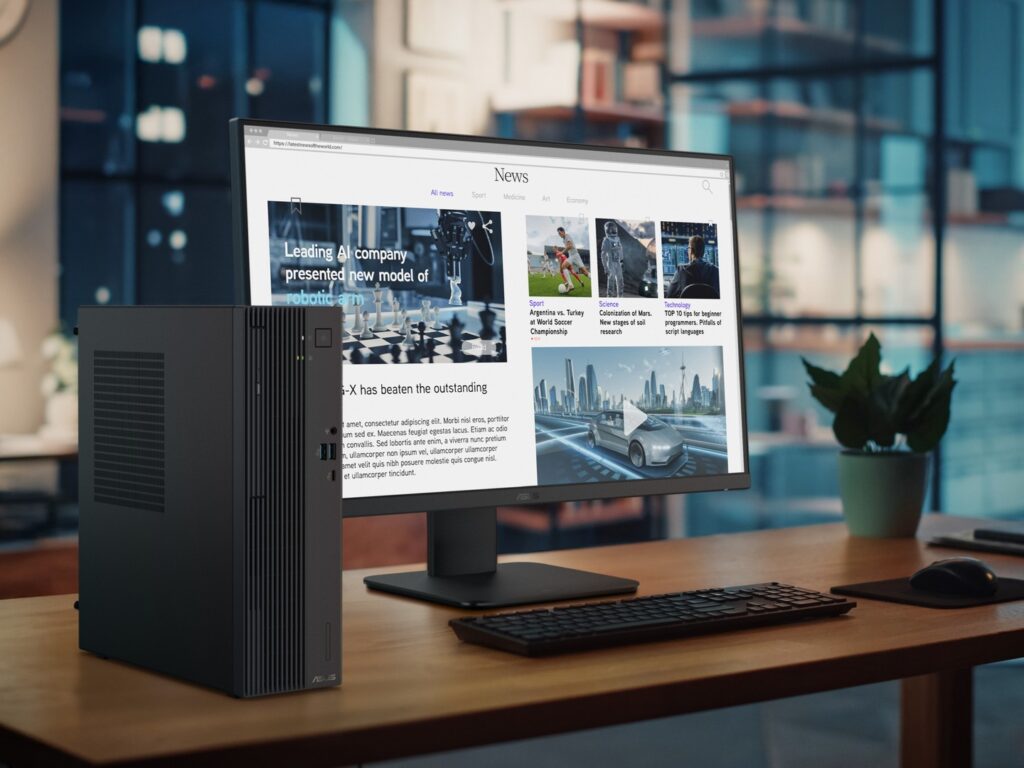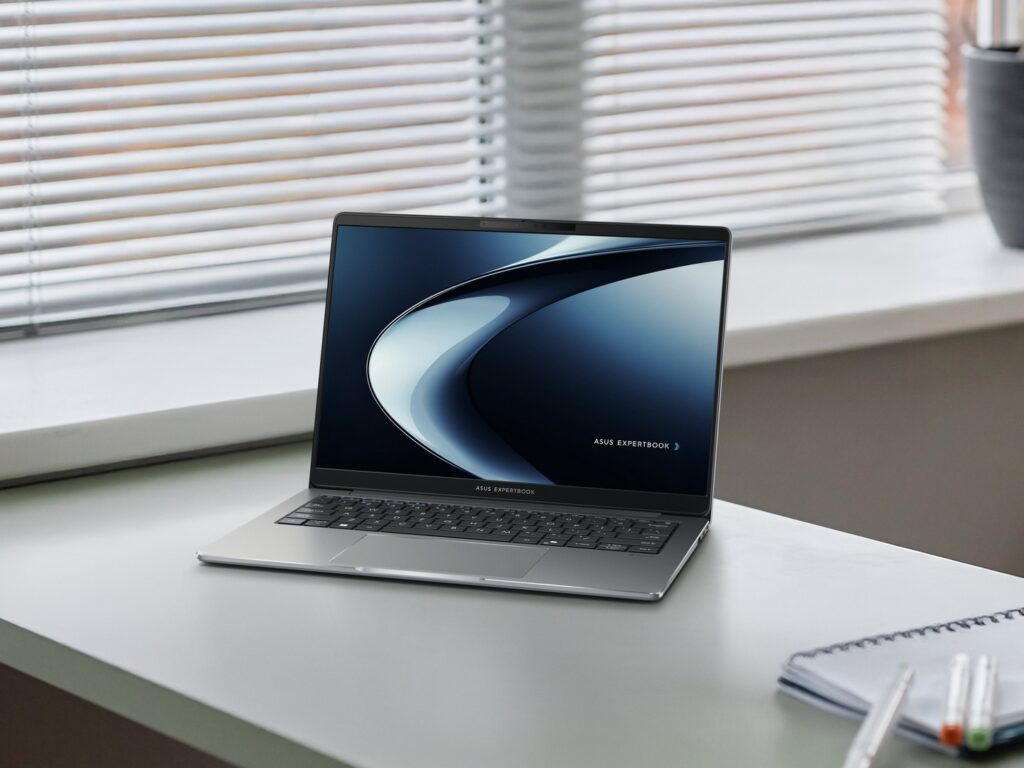Imagine conjuring a bustling cityscape bathed in neon lights or a majestic eagle soaring through a cloud-streaked sky – just by describing it in words. With OpenAI’s latest creation, Sora, this fantastical feat becomes reality. This groundbreaking AI model isn’t just another text-to-image generator; it’s a storyteller, weaving visual narratives from mere text descriptions.
AI Enters the Director’s Chair: OpenAI’s Sora Generates Videos from Text Prompts
Still in its early stages, Sora exhibits remarkable potential. Its training on a massive dataset of text and images has endowed it with the ability to decipher the intricate links between words and visual concepts. This translates into generating not just visually stunning videos, but those that are semantically coherent, imbued with the essence of the described scene.
Think of it this way: you provide the script, and Sora becomes the director, choreographing camera movements, crafting scenes, and even animating characters. Whether you envision a captivating short film, a music video bursting with color, or educational content with crystal-clear visuals, Sora has the potential to bring your vision to life.
Check out some examples shared by OpenAI down below. Some of them are truly impressive!
Introducing Sora, our text-to-video model.
AdvertisementSora can create videos of up to 60 seconds featuring highly detailed scenes, complex camera motion, and multiple characters with vibrant emotions. https://t.co/7j2JN27M3W
Prompt: “Beautiful, snowy… pic.twitter.com/ruTEWn87vf
— OpenAI (@OpenAI) February 15, 2024
Prompt: “A movie trailer featuring the adventures of the 30 year old space man wearing a red wool knitted motorcycle helmet, blue sky, salt desert, cinematic style, shot on 35mm film, vivid colors.” pic.twitter.com/0JzpwPUGPB
— OpenAI (@OpenAI) February 15, 2024
However, this isn’t the stuff of science fiction without its limitations. While Sora shines in creating complex scenes and characters, it still stumbles upon challenges. Accurately simulating physics and comprehending cause-and-effect relationships remain hurdles to overcome. Additionally, the generated videos can occasionally exhibit choppiness or glitches, reminding us that this technology is still evolving.
Despite these growing pains, Sora’s ability to translate narrative into moving images represents a significant leap forward. It opens doors for creative professionals, marketers, and educators to explore new avenues of expression and communication. Imagine crafting marketing materials that come alive with dynamic storytelling, or captivating educational content that engages students with immersive visuals. The possibilities are as vast as the human imagination itself.
OpenAI’s limited release of Sora for feedback underscores the ongoing development process. As the model is refined and its capabilities expand, we can expect to see its impact broaden across various industries. While the days of fully AI-directed Hollywood blockbusters might be further down the road, Sora marks a pivotal moment, blurring the lines between words and visuals, and ushering in a new era of AI-powered storytelling.
For more news like this, stay tuned to us at Adam Lobo TV.
Source: OpenAI



